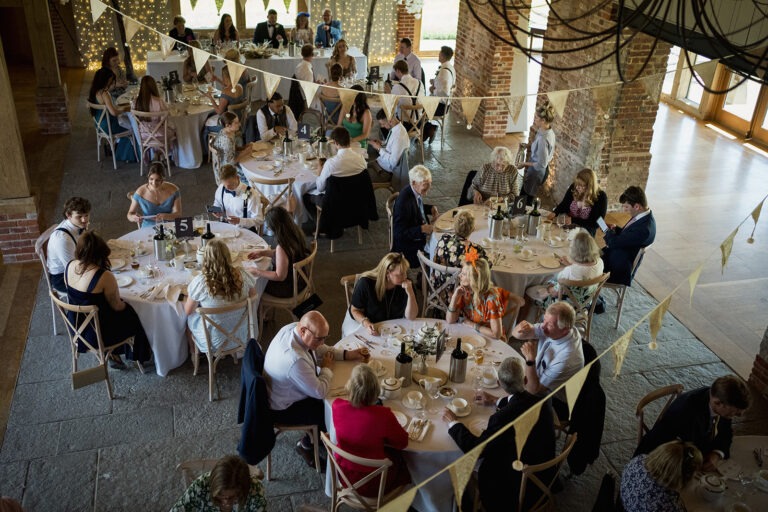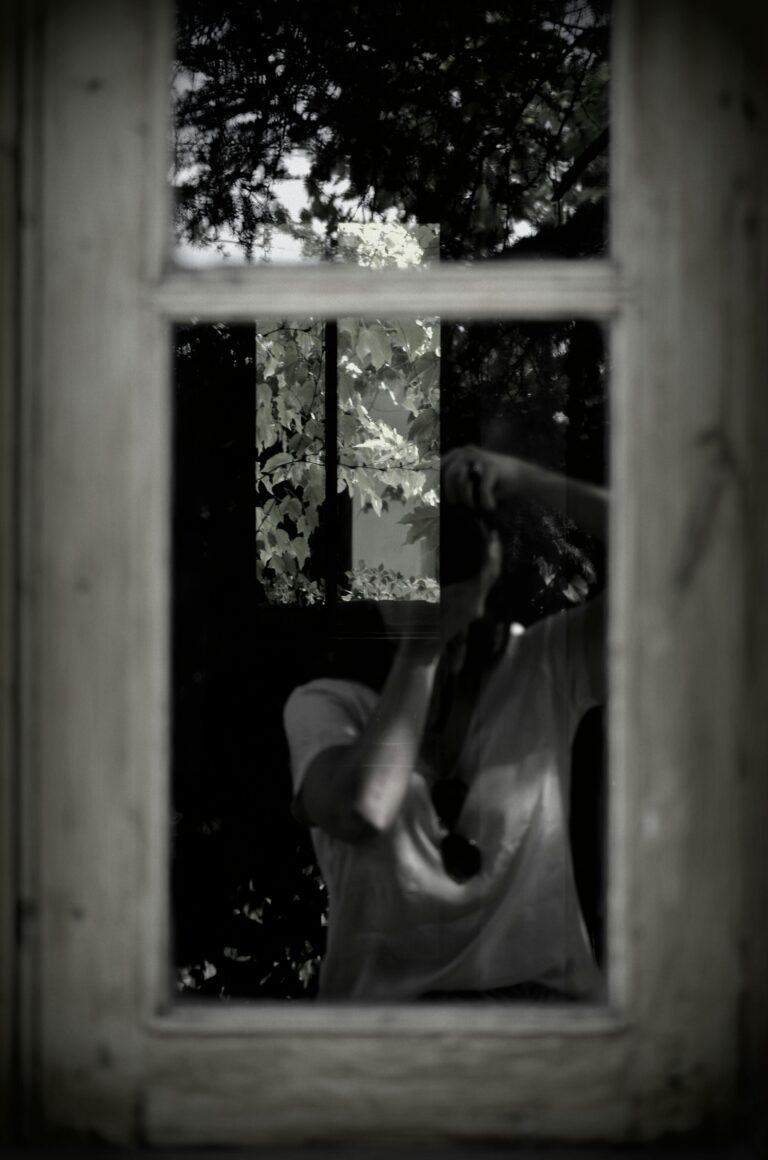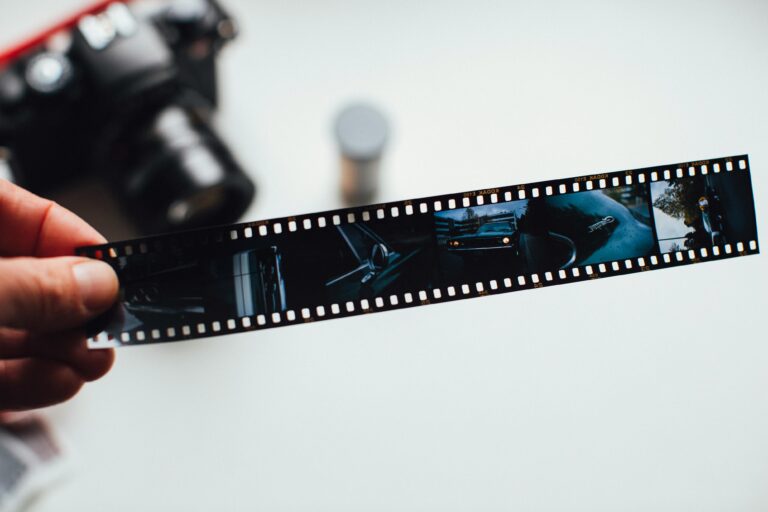Photography has a strange way of shaping our memories, sometimes in ways we don’t even realise. There’s something about looking at an old photograph that stirs up emotions, making us feel like the past was simpler, happier, or even more beautiful than it actually was. But is this just a trick of the mind? Do old photographs romanticise the past, creating a false sense of nostalgia? The answer isn’t as simple as yes or no. Photography captures moments, but it doesn’t necessarily capture the full reality of those moments. The lighting, composition, and the very nature of freezing time in a single frame can make the past seem more idyllic than it was in real life.
The Illusion of a Perfect Past
Nostalgia itself is a powerful emotion, and photography is one of the strongest triggers. We look at grainy black-and-white images from decades ago and imagine a world that was slower, more peaceful, and somehow purer. But what we often forget is that those photos only tell part of the story. A well-composed family portrait from the 1950s doesn’t show the financial struggles, societal pressures, or personal hardships that existed beyond the frame. A picture of a childhood home can make us long for simpler times, but it doesn’t include the arguments, worries, or disappointments that were also part of that experience.
Selective Memory and the Power of Curation
One of the biggest ways photography fuels this romanticised view of the past is through selective memory. We tend to take photos of happy moments—birthdays, holidays, weddings, and celebrations. We don’t usually take pictures of the stressful days, the mundane routines, or the moments of loneliness. Over time, our memories are reinforced by these snapshots, creating an illusion that the past was nothing but joy and laughter. This phenomenon is particularly noticeable with social media today, where we curate and filter our lives to show only the best parts. But this isn’t a new concept—people have been doing it since the invention of photography. Even in old photo albums, we rarely find pictures of people struggling; we see posed smiles and carefully arranged settings, designed to present a certain version of life.
The Aesthetic of Nostalgia
Another factor in the nostalgia trap is the aesthetic of old photographs. The warm tones of faded prints, the imperfections of film, and even the way older images look slightly blurred or grainy all contribute to their charm. These qualities make the past look softer, gentler, and somehow more artistic. But imagine if we could see the past in the same high definition, perfectly lit, and sharply detailed way we capture moments today—would it still feel so magical? Probably not. The imperfections of older photographs add to the feeling of nostalgia because they contrast with the clinical perfection of modern digital images. In a way, the flaws in old photos make them feel more human, more authentic, even if they weren’t necessarily more truthful.
The Role of Photography in Shaping Collective Nostalgia
Photography also plays a role in shaping collective nostalgia. Certain historical images become iconic representations of entire eras, influencing how we view those periods. Think of images from the 1960s—protests, flower power, Woodstock, and the moon landing. These photos create an illusion that the ‘60s were a time of excitement and change, but they don’t capture the full reality of that decade. The same goes for any era—our perception of history is shaped by the images that survive, and those images tend to highlight the most extraordinary, dramatic, or beautiful aspects of life. The everyday struggles and ordinary moments fade into the background, leaving us with a romanticised view of the past.
The nostalgia trap can also make us feel like modern life is missing something. When we compare the filtered, edited past to our unfiltered present, it’s easy to think that life was somehow better back then. We look at old street photos and imagine a time when people were more connected, more present, less distracted. We see images of families gathered around the dinner table and think about how technology has changed social interactions. But nostalgia is tricky—it makes us long for a version of the past that never fully existed. Every generation has its struggles, its distractions, and its complaints about the way things are changing. The people in those old photos probably had just as many worries and frustrations as we do today, but those emotions aren’t visible in the captured moment.
This isn’t to say that nostalgia is a bad thing. It can be comforting, inspiring, and even useful. Looking at old photographs can remind us of what’s important, help us appreciate where we’ve come from, and encourage us to preserve meaningful traditions. But it’s important to remember that nostalgia is a lens, not a mirror. It shapes our perception of the past in a way that isn’t always accurate. The next time you find yourself longing for the past while flipping through old photos, take a moment to consider what’s missing from those images. Were things really better back then, or does photography just make it seem that way? The past wasn’t perfect, but photography has a way of making us believe it was, even if only for a moment.
The Future of Nostalgia in the Digital Age
The psychology behind nostalgia also plays a significant role in how photography influences our emotions. Studies have shown that nostalgia can improve mood, increase feelings of social connectedness, and even provide a sense of meaning in life. When we look at old photographs, we’re not just remembering the moment itself—we’re recalling the emotions, relationships, and context surrounding that moment. This can make past experiences seem more meaningful and positive than they actually were at the time. Psychologists call this “rosy retrospection,” the tendency to remember past events more fondly than they were experienced. Photography intensifies this effect by allowing us to revisit curated, idealised versions of the past, reinforcing our sentimental attachment to it.
In today’s digital age, the sheer volume of photographs we take has changed how we experience nostalgia. With smartphones and social media, we document our lives more extensively than ever before. This raises an interesting question: does having more photos dilute the power of nostalgia, or does it make it stronger? Some argue that constantly taking and sharing pictures makes moments feel less special, as we’re more focused on capturing the image than living in the experience. Others believe that having a rich archive of digital memories allows for deeper, more vivid nostalgia in the future. The way we interact with photographs today may shape how we look back on the present years from now, influencing our future nostalgia in ways we can’t yet predict.
Conclusion
The commercialisation of nostalgia is another factor to consider. Advertisers and brands often use nostalgic imagery to evoke emotions and connect with consumers. Whether it’s vintage-inspired filters on Instagram, retro-themed fashion campaigns, or old-school branding, nostalgia is frequently used as a marketing tool. Photography plays a central role in this, as brands rely on images that trigger sentimental memories and associations. This deliberate use of nostalgia can make us yearn for a past we never personally experienced, reinforcing the idea that the past was inherently better than the present.
Ultimately, photography is a double-edged sword when it comes to nostalgia. It allows us to preserve and celebrate memories, but it can also distort reality, making the past seem more appealing than it truly was. Being aware of this nostalgia trap can help us appreciate old photographs for what they are—beautiful glimpses into moments gone by, but not a perfect representation of history. Instead of longing for an idealised past, we can use photography to shape a future worth remembering, capturing real moments with all their imperfections, joys, and challenges.
SEO Keywords:
- Photography and nostalgia
- Do photos create false memories?
- The nostalgia effect in photography
- How images romanticise the past
- Photography and selective memory
- Why do old photos feel nostalgic?
- The psychology of nostalgia in photography
- Nostalgic photography trends
- Emotional impact of old photographs
- The illusion of a perfect past in photos





